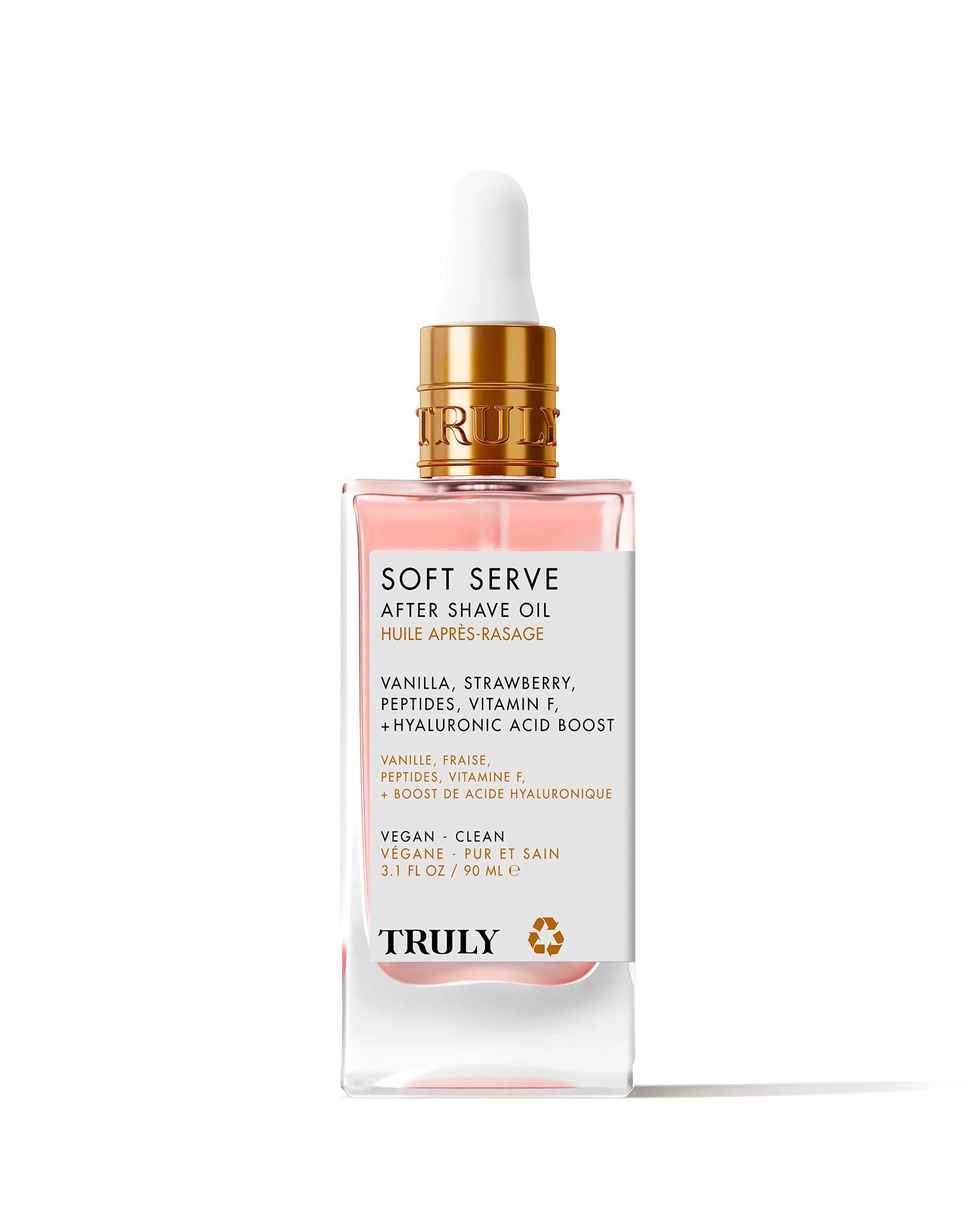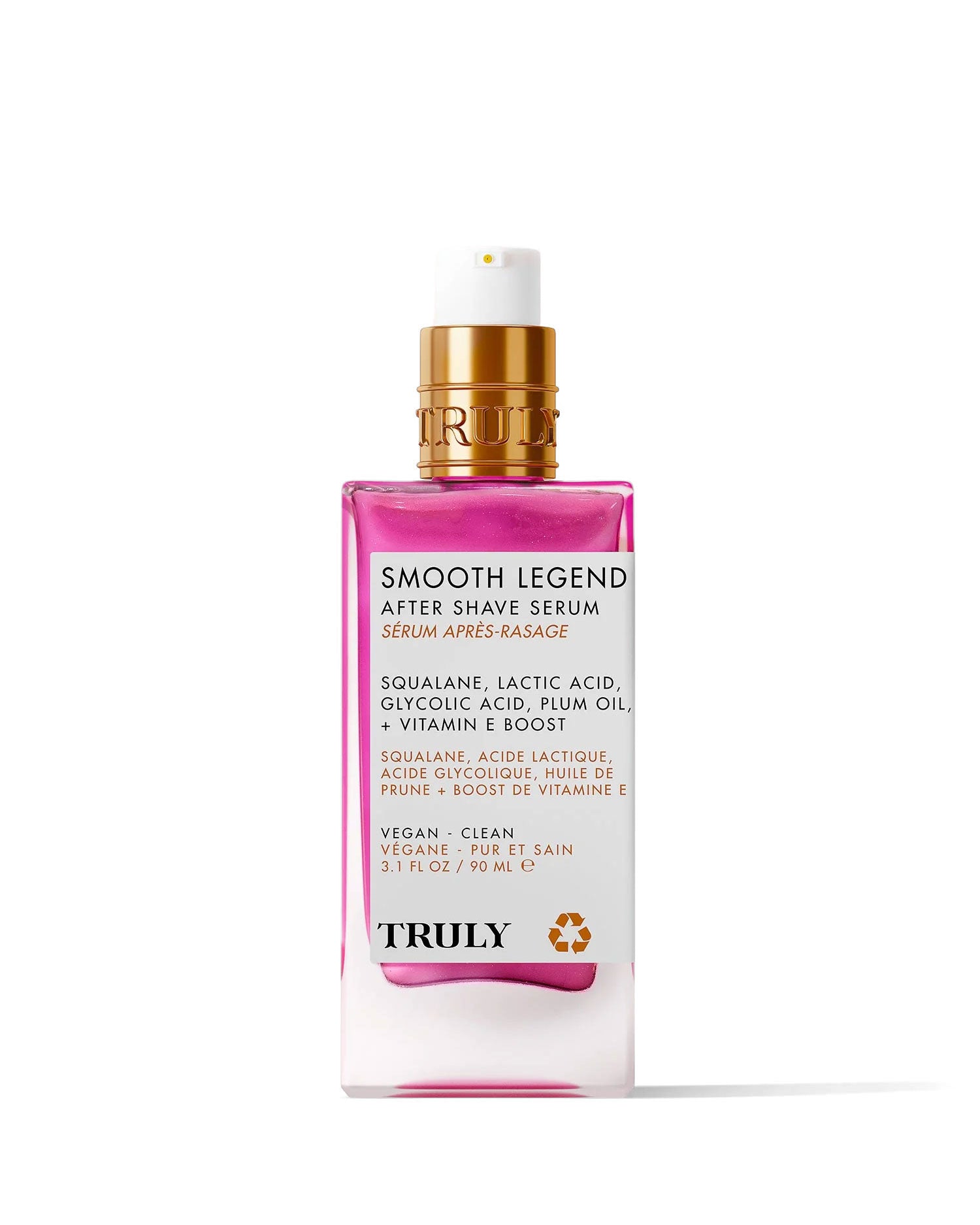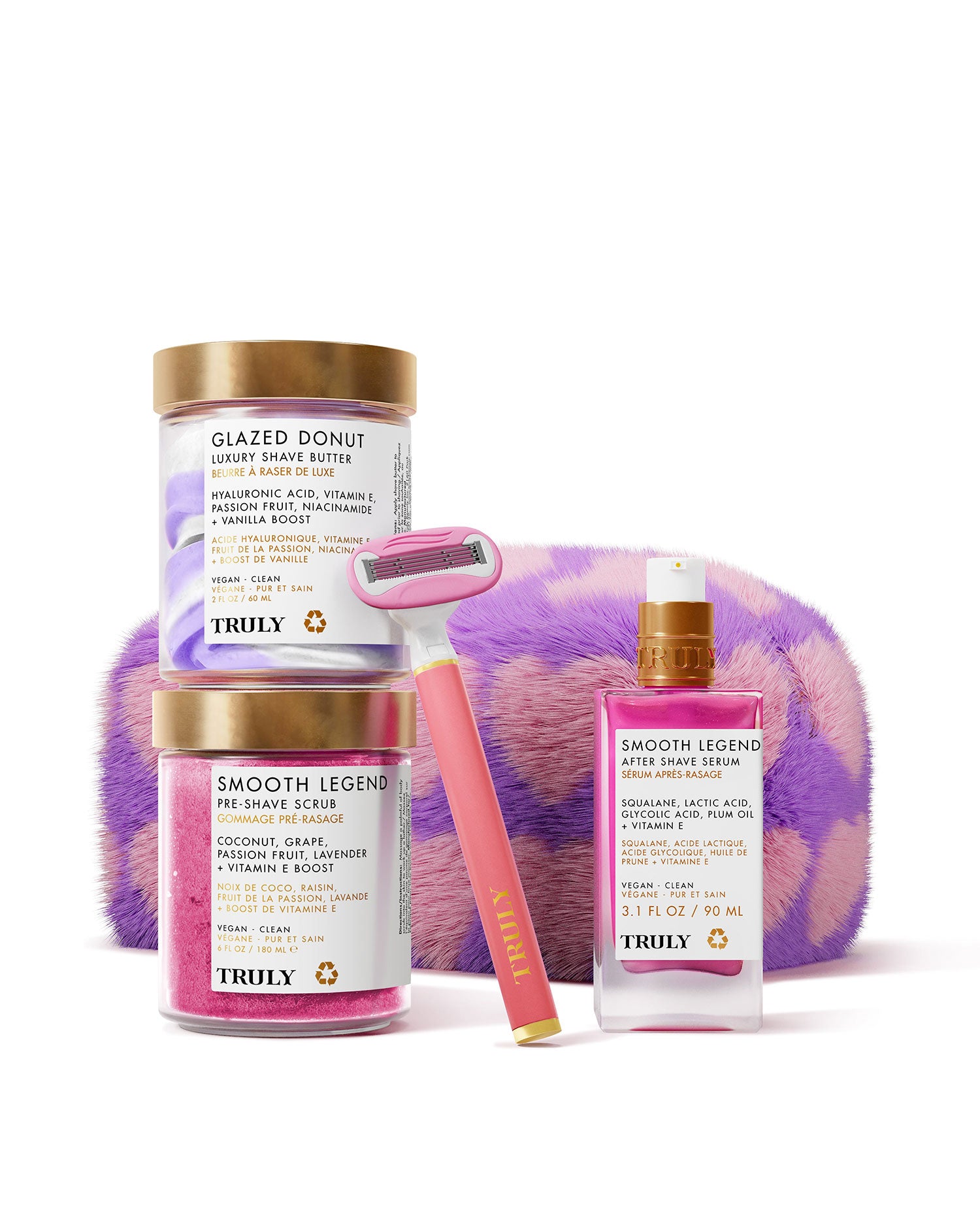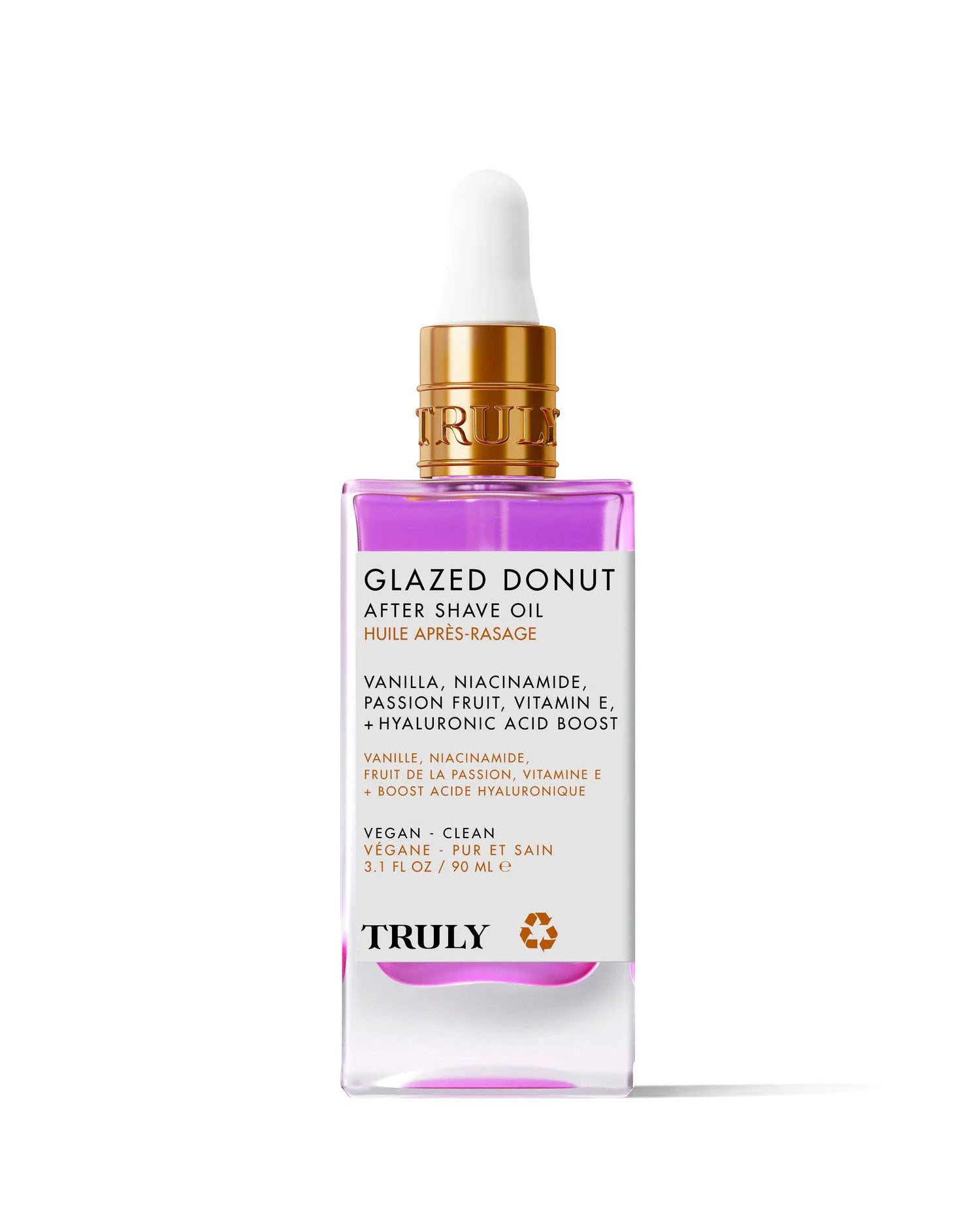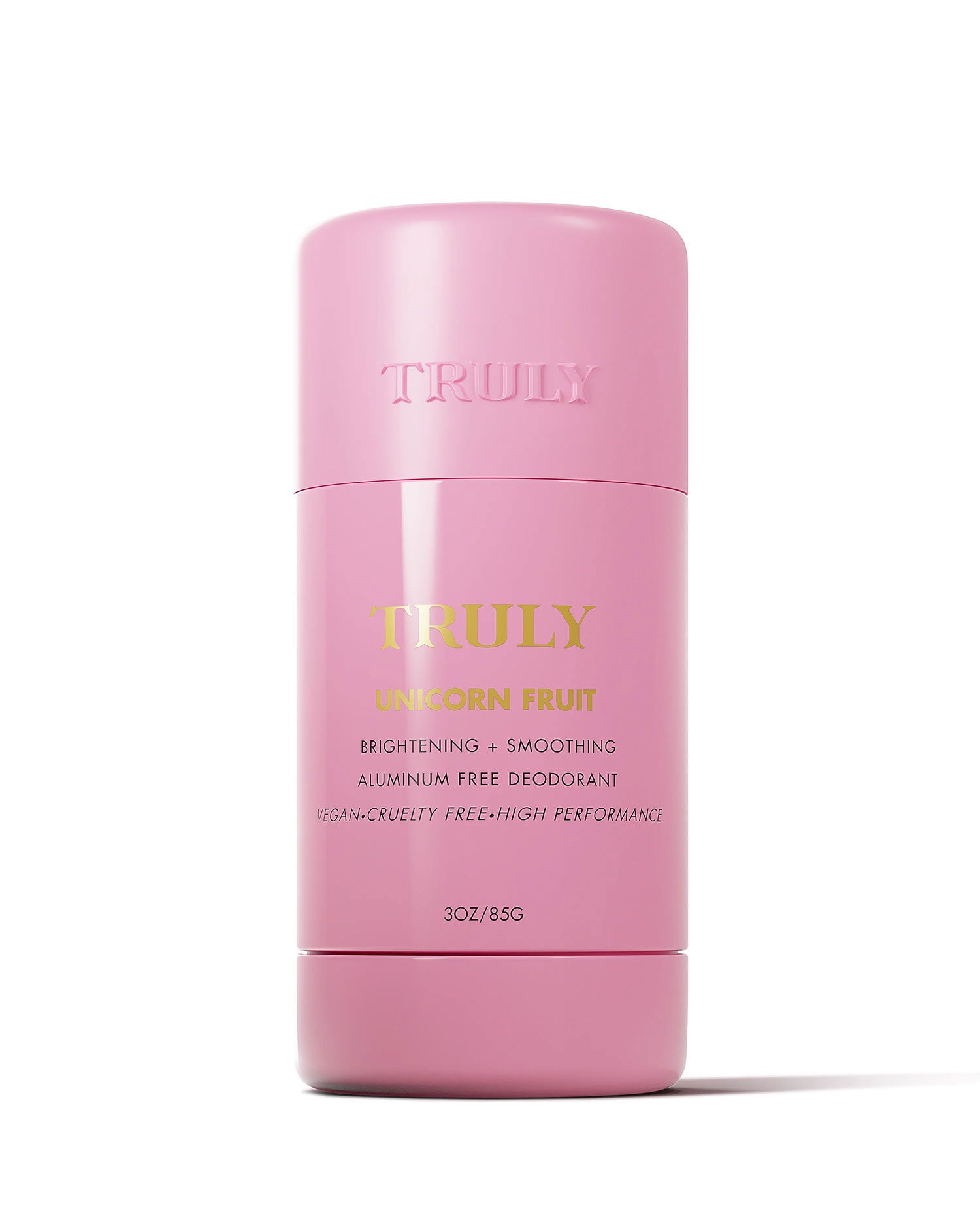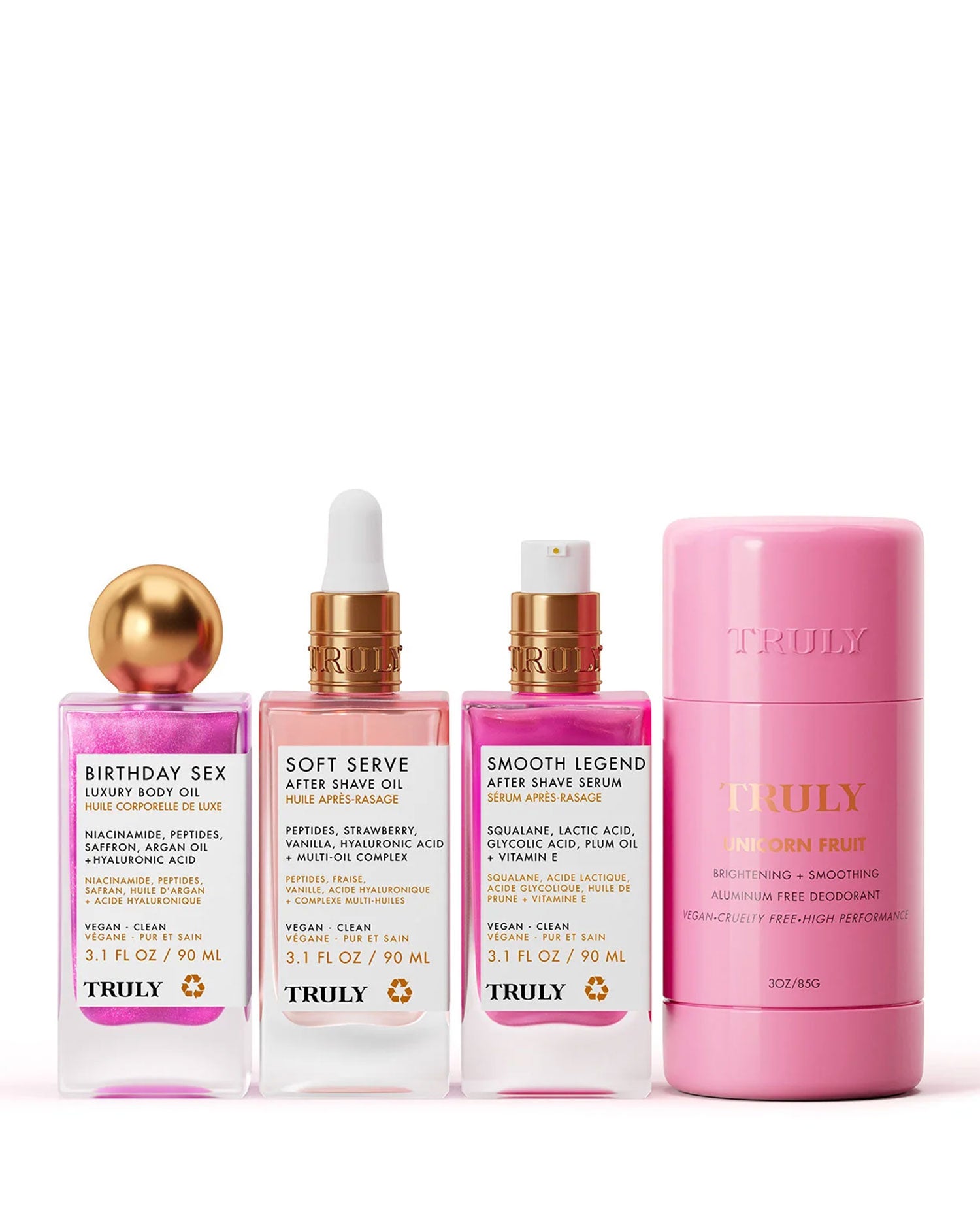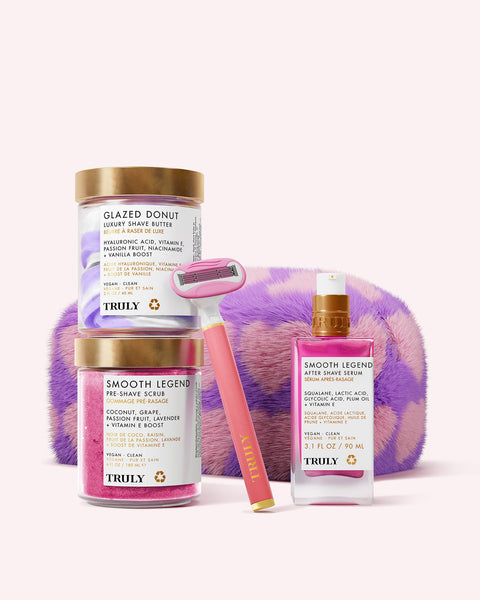What Do Clogged Pores Look Like?
April 11, 2022
By: Truly Beauty
So you've heard everyone talking about them. Complaining about them. But what the heck do clogged pores even look like?
In this article, we're going to show you how you can identify clogged pores, what causes them in the first place, and of course, how to treat them.
WHAT ARE CLOGGED PORES?
Clogged pores are essentially pores clogged with dead skin cells, gunk, and sebum (skin's natural oil).
But what even is a pore? A pore is a duct in the skin connected to the sebaceous glands that produce sebum. Take a look at your skin and you should see these little open holes. They're especially visible around the nose area.
"Pore sizes and numbers vary largely by gender, locations on the body, and by ethnicities," says Tiffany Libby, a board-certified dermatologist. "Like many other traits, they are a result largely of genetics."
Oily skin types are prone to experiencing blockages in their pores. And it's this that causes bacteria to thrive, leading to blackheads, whiteheads, and pimples.
WHAT CAUSES CLOGGED PORES?
Two factors: skin debris and cellular turnover.
Dead skin cells and dirt mix with sebum and ultimately clog your pores. If the dead skin cell plug oxidizes by exposure to oxygen, it will turn black and become a blackhead. If it doesn't, it remains as a whitehead.
That's just one factor. The other is slow cellular turnover, which happens due to increased stress, poor diet, and a lack of a solid skincare routine. This causes a buildup of dead skin cells which can clog pores.
IS IT A CLOGGED PORE OR HAIR FOLLICLE?
You can tell if your pores are clogged if you see blackheads, whiteheads, or general dullness to your skin.
Many people get mixed up between clogged pores and folliculitis. Folliculitis appears as tiny red, inflamed blemishes that look very similar to a pimple. They tend to appear on the upper arms and backs of the legs.
"Folliculitis can occur from friction — when your upper arms rub against your clothing, or your legs rub against the fabric of your jeans or shorts, or your tight bathing suit bottoms shift back and forth against your butt and bikini line," explains dermatologist Dr. Kate Lowenthal, M.D., a dermatologist.
She adds that your hair follicles can also get infected when you wear sweaty workout gear or when nicking yourself with a razor, which "invites bacteria into the skin easier."
If you're getting reddish bumps on your arms or legs, it's probably folliculitis. If you're experiencing whiteheads, blackheads, or pustules on your face, chest, back, or butt, it's clogged pores.
ARE LARGE PORES AND CLOGGED PORES THE SAME THING?
Enlarged pores are basically the result of clogging. When your pores are congested with excess oil and dead skin, boom the appearance of pores maximizes.
Large pores can be seen at all ages and in all ethnic groups. Individuals with African or Indian ancestry may have larger pores. Pores tend to appear larger with age.
With regards to gender, little evidence shows whether men or women are more prone to enlarged pores. Research shows pore size may fluctuate in women during the menstrual cycle.
Factors that may lead to enlarged pores include:
- Increased oil production
- Hair follicle size
- Use of skin clogging makeup products
- Loss of skin elasticity
- Sun damage
- Lack of regular exfoliation
HOW TO GET RID OF CLOGGED PORES
Thankfully, clogged pores can be managed with a few key skincare products. Here's a simple simple skincare routine you can try to unclog pores and maintain a clear and radiant complexion.
- Cleanse
Unclogging pores means keeping the skin clean and free of buildup. Wash Your Face daily with a gentle cleanser to remove dirt and oil.
- Chemically Exfoliate
Chemical exfoliation includes the use of exfoliators formulated with ingredients like alpha hydroxy acids (AHAs) and beta hydroxy acids (BHAs).
According to Dr. Libby, "AHA/BHAs like glycolic, lactic, and salicylic acids will all help exfoliate and dissolve away dead skin cells and debris, minimizing the appearance of pores and preventing them from enlarging."
- Treat
Charcoal masks are great for absorbing excess oil and removing dirt and grime. Derms swear by using charcoal face masks and other skin products to get rid of blackheads.
You may be wondering why we haven't mentioned anything about pore strips? Well, we prefer getting to the root of the issue. While pore strips can help out, they only reach the surface of the skin and don't penetrate deep enough to make a significant difference.
We advise against trying DIY home remedies to unclog your pores, as these can be very irritating to sensitive skin. In some cases, they can actually worsen the issue.
When looking for over-the-counter makeup, sunscreen, or skincare products, remember to look for non-comedogenic products, as these do not clog the pores.
Nothing working? Visit your derm!















